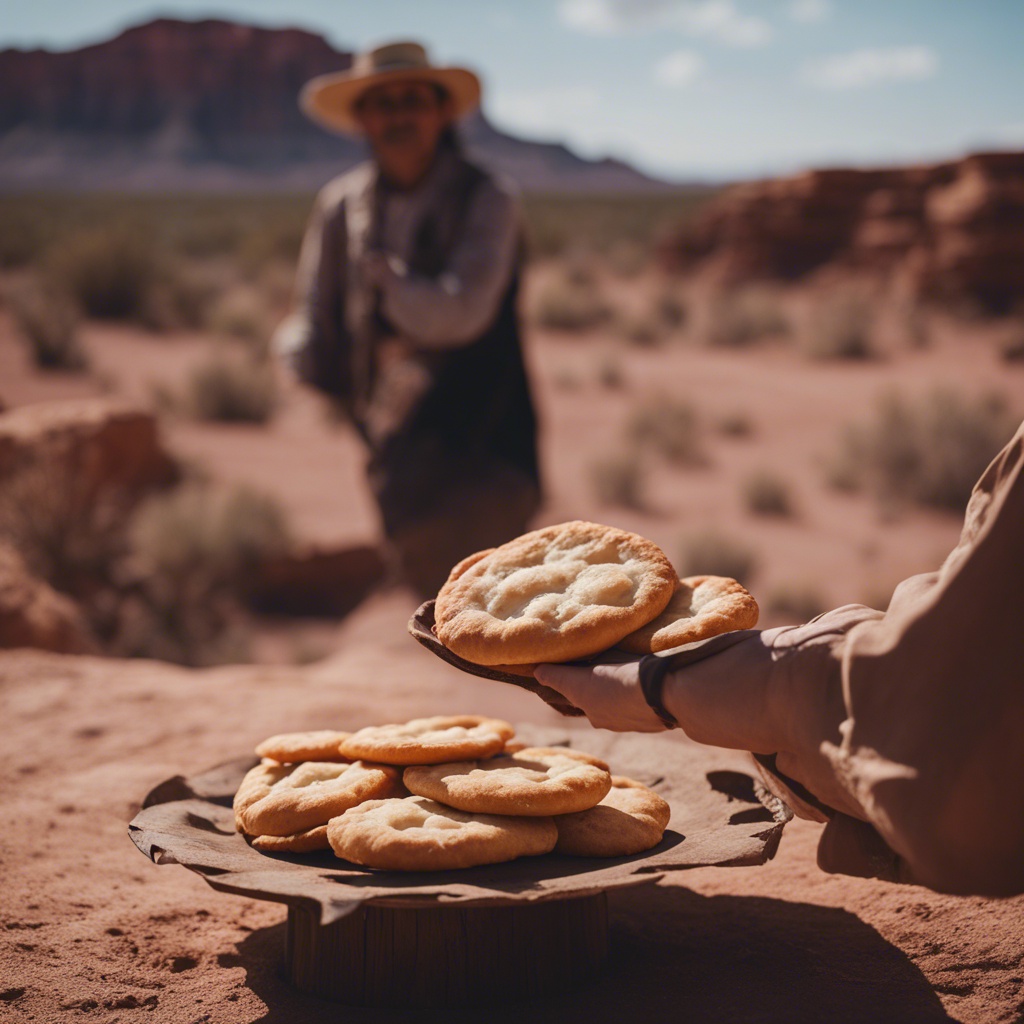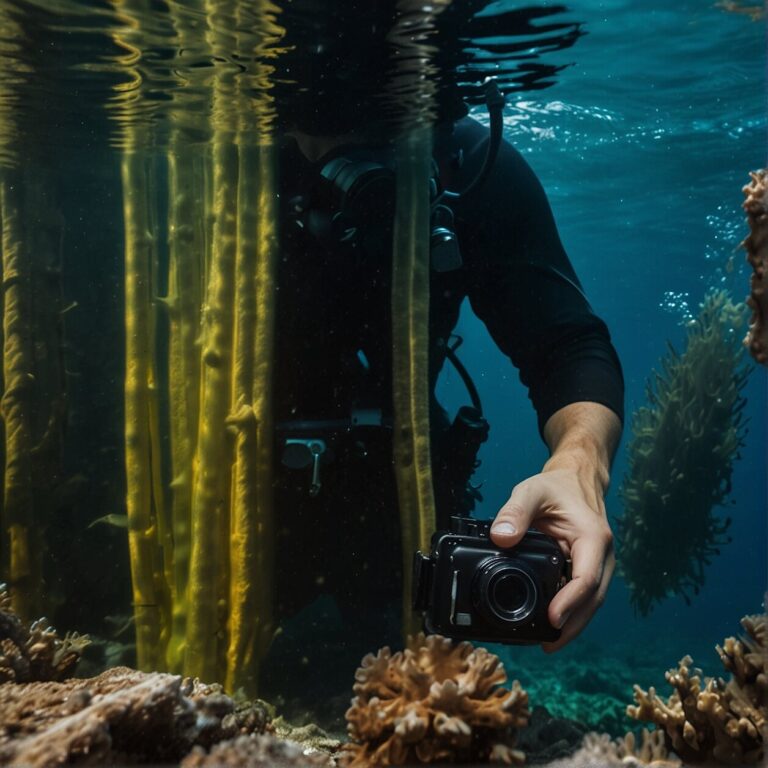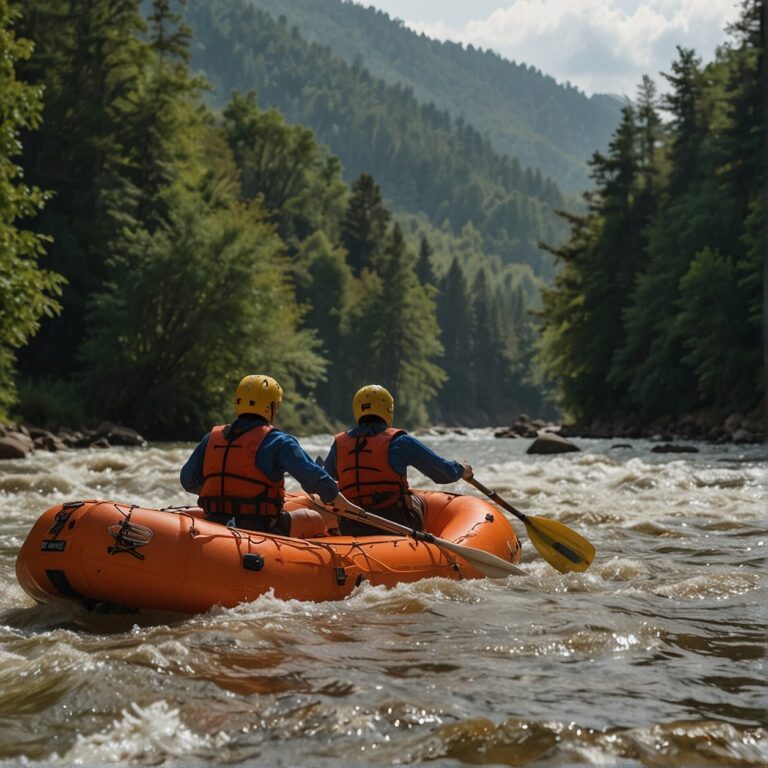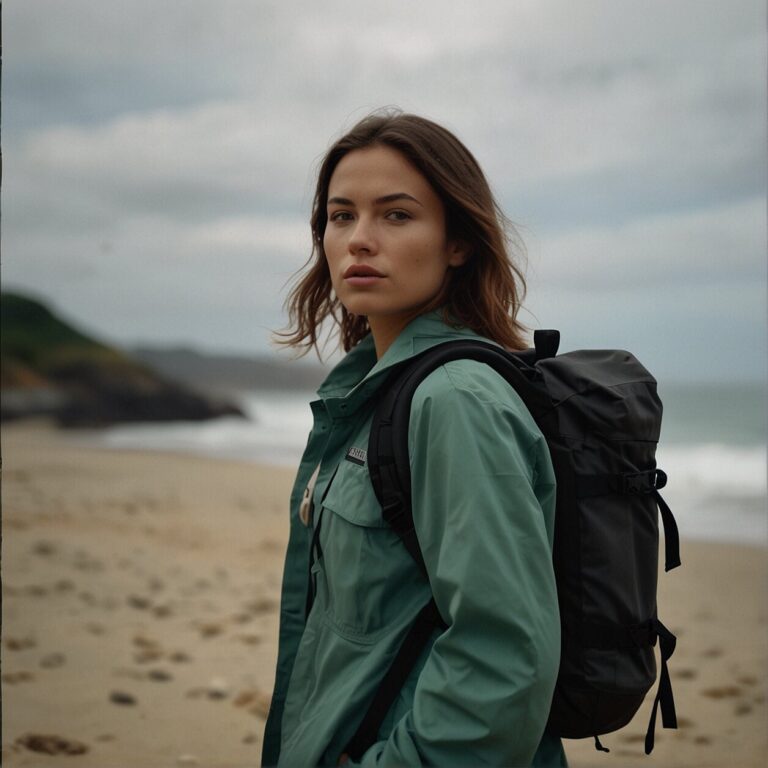Cooking Traditional Navajo Fry Bread in Arizona’s Painted Desert
Exploring the Cultural Significance of Navajo Fry Bread
Perhaps nothing encapsulates the resilience and enduring spirit of the Navajo People more than the Navajo Fry Bread. This unique delicacy’s history is as rich and fascinating as the culture that created it.
Navajo Fry Bread first emerged during the 1860s when the Navajo were forcibly removed from their homeland in what is now known as the “Long Walk”. Subsisting under challenging conditions, they were given ration commodities like flour, sugar, salt, and lard by the United States government. The Navajo, an innovative and resourceful group, combined these ingredients to give birth to what we now call the Navajo Fry Bread.
While the bread origins’s steep areed in a difficult past, it has evolved to become a symbol of unity and survival, capturing the resilience of a community that ingeniously adapted to adversity. Today, Navajo Fry Bread is a beloved staple within the community and a celebrated dish in the broader culinary world.
“It’s more than just a food, it is a symbol of our history and resilience. When you taste Navajo Fry Bread, you are connecting with a story that spans generations.”
Furthermore, traditional Navajo Fry Bread has permeated into different aspects of Navajo culture. It’s almost always featured in festive feasts, civic events and tribal gatherings. Variations of the bread have even made their way into local artwork and literature, signifying its importance within the community.
But to truly appreciate the deep-rooted cultural significance of Navajo Fry Bread, you must experience it firsthand. Its simple, rustic flavours serve as a subtle reminder the Navajo. It’s an edible narrative of survival, perseverance, and cultural identity that you its historic origins and the unyielding spirit of of won miss out on want your’t to during trip to Arizona’s exquisite Paint Desert

Experiencing the Magic of Arizona’s Painted Desert
Imagine a sunrise casting a magical array of colors across an already vibrant landscape or sunset painting the sky and desert with hues of red, orange, and purple. This isn’t a dream or a fantasy, it’s the everyday experience of the jaw-dropping beauty in Arizona’s Painted Desert.
Spanning more than 93,500 acres in Northern Arizona, the Painted Desert is a natural canvas arrayed with a spectacular splash of colors. The landscape, carved over hundreds of years by nature’s elements, boasts strata of rock layers revealing hues ranging from lavender to shades of gray, with extravagant dashes of oranges and reds.
But there’s more to this vibrant desert panorama than meets the eye. The Painted Desert is full of profound geological and historical significance. It is home to fossils dating back to the Triassic Period, some 200 million years ago, making it a palaeontologist’s paradise.
Each visit to this captivating desert also promises an opportunity to delve into Navajo culture. Whether it’s partaking in time-honored traditions, indulging in traditional Navajo cuisine like fry bread, or simply basking in their renowned hospitality, there’s something to enrich you spiritually, culturally, and historically.
Get ready to lace up your boots, pack your sunhat, and experience the kaleidoscopic wonderland that is the Painted Desert. With every step in the fine, colorful sand under the clear blue sky, you will understand why this breathtaking landscape is etched in the heart and soul of the Navajo people and why it permeates their rich, storied culture.
So, are you excited? As we move along, we will guide you to plan the perfect trip, making your journey not just visually stunning but personally fulfilling.
Directions to the Heart of Navajo Fry Bread Country
Imagine yourself embarking on a culinary journey through time, traveling along timeless landscapes and into the heart of Navajo country. Your destination? The native hub of traditional Navajo fry bread. The landscapes that lie ahead are surreal, the food aromatic and authentic. But how do you get there? Follow these straightforward directions to guide your journey.
Starting your journey from the city of Phoenix in Arizona, join the I-17 N, passing through breathtaking landscapes, and merge onto I-40 E to Winslow. Now here is where the real adventure begins.
- Take exit 257 for Hipkoe Dr. and turn left onto AZ-87 N/N Hipkoe Dr.
- In about 18 miles, take a slight right onto AZ-99 N.
- Stay on AZ-99 N for about 13 miles, then turn right onto Indian Route 15.
- Continue on Indian Route 15 for 27 miles, and welcome to Navajo fry bread country.
Our description, while accurately guiding you towards the destination, cannot capture the visual feast for the eyes you’ll experience along the journey. That’s something you’ll have to witness firsthand.
While the journey is relatively straightforward, driving through desert landscapes has its unique challenges.
Note: Ensure your vehicle is in good condition, pack enough water and snacks for the journey, keep a physical map handy alongside your GPS, as mobile service can be erratic in some regions.
With these precautions in mind, you’re all set to explore the rich, delicious tradition of Navajo fry bread in its land of origin. Happy travels!
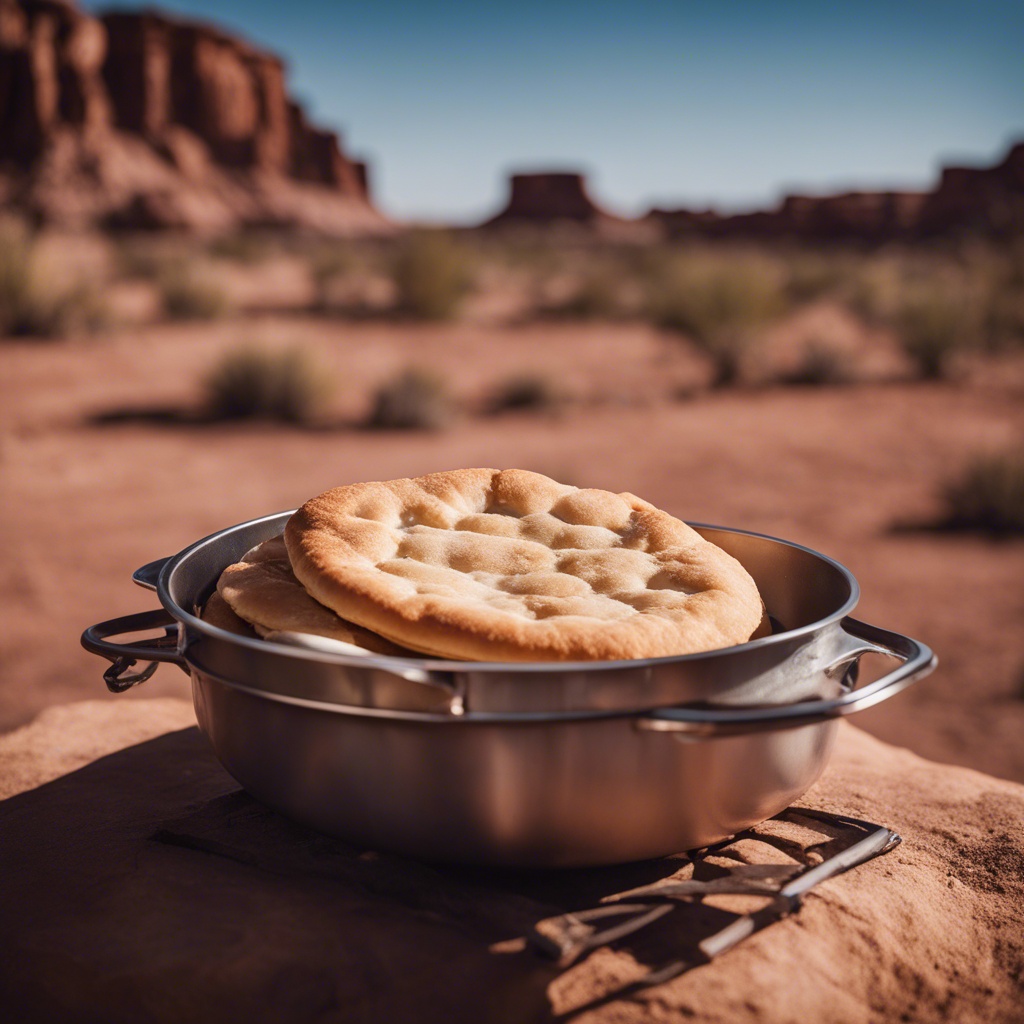
Unveiling the Traditional Recipe of Navajo Fry Bread
The allure of the Navajo Fry Bread lies not just in its delectable taste, but also in the rich history and cultural significance behind its recipe. Let’s unravel the simple yet extremely versatile recipe of this traditional Native American meal.
Navajo Fry Bread is essentially a flat dough bread, fried or deep-fried in oil, shortening, or lard. Here’s the list of ingredients needed:
- 2 cups of all-purpose flour
- 1 teaspoon of salt
- 1 tablespoon of baking powder
- 1 cup of warm water (approx.)
Now, let’s get down to the instructions:
- Combine the dry ingredients: In a large mixing bowl, mix together the flour, salt, and baking powder.
- Add the water: Gradually add warm water, stirring to begin forming the dough. The dough should be soft, but not sticky. If it is too wet, add a little flour. If it is too dry, add more warm water.
- Let the dough rest: After kneading the dough until it becomes smooth, let it sit for about 15 minutes.
- Shape the dough: Divide the rested dough into small balls. Flatten each ball out into a thin disk.
- Grilling time: In a skillet or frying pan over medium-high heat, fry each piece of dough for about 2-3 minutes per side, or until they turned golden brown.
- Serve: Transfer your freshly made Navajo Fry Bread to a paper towel-lined plate to drain excess oil. Savor it hot with honey, jam, or any other topping that you like.
Crafting the Navajo Fry Bread is more than just a culinary exercise—it’s a hands-on opportunity to immerse yourself in a timeless cultural tradition. Whether it’s part of a bigger feast or a simple, comforting snack, this bread carries with it countless stories and traditions, adding deeper flavors to every bite.
So, the next time you’re in the stunning Painted Desert, make sure to vend for some authentic Navajo Fry Bread. Each bite will deliver a burst of rich tradition and deliciousness, augmenting your overall experience of this picturesque landscape.
The Best Time of Year to Embark on this Culinary Adventure
Visiting Arizona’s Painted Desert offers a unique opportunity to combine a visually stunning adventure with a culinary exploration. The best time to embark on this adventure hugely depends on your preferences, as well as your tolerance for high temperatures.
Spring (March to May) can be an ideal time. During these months, moderate temperatures ranging from mid-50s to low-80s make it perfect for outdoor activities, while the desert bursts into life with a color palette of blooming wildflowers. It’s also an excellent time to try Navajo Fry Bread from street vendors and local eateries, who often set up shop in the beautiful open air.
Meanwhile, Fall (September to November) sees similar comfortable temperatures and fewer tourist crowds, offering a peaceful ambiance to explore the majestic landscapes and enjoy the local cuisine. Remember, Navajo Fry Bread, a remarkable comfort food, can be particularly gratifying during the crisp fall evenings.
Experience the rugged charm of the Winter months (December to February), where the barren landscapes are blanketed with a thin layer of snow, creating a surreal contrast against the colorful terrain. The crisp winter air complements the warm, fried delicacies incredibly well. However, beware of the occasional road closures due to snowstorms during this period.
Summers (June to August) in Arizona can get swelteringly hot, with temperatures often soaring above 100 degrees Fahrenheit. While this heat may be challenging, the advantage of a warm summer night under the vast starry sky, savoring freshly made Navajo Fry Bread near a campfire, is an experience worth considering.
Regardless of the time of year you choose to visit, remember to pack accordingly, stay hydrated, and respect the pristine environment of the Painted Desert. Most importantly, immerse yourself in the cultural richness and simplistic elegance of the Navajo Fry Bread, enjoying every bite of this traditional culinary amalgamation in the locale it originated from.
Immerse Yourself in the Vibrant Colors of Arizona’s Painted Desert
A wander through Arizona’s Painted Desert is like stepping inside an artist’s masterpiece. This spectacular landscape is a swirl of captivating hues, from deep purples and blues to dazzling oranges, pinks and reds. Imagine the sun setting over this multicolored vista, each shifting light transforming the scene into an entirely new collage of colors. It’s a breathtaking sight that’s sure to leave you feeling inspired and humbled by the raw beauty of the natural world.
Devised over millions of years by the elemental forces of wind and water, the Painted Desert is an open-air exhibit display of layered rocks and sediment which reflect various geological time periods. As your gaze wanders across the expanse, you can travel through eons encapsulated within these chromatic formations.
“The Painted Desert embodies the ebb and flow of nature’s grand design, bearing testament to the strength, fragility, and regenerative power of planet Earth.”
Prepare for the elements. Although the arid landscape can remain extremely hot during the day, the desert temperature can fluctuate dramatically, dropping significantly once the sun sets. Therefore, wearing layered clothing is a must. And always remember to carry plenty of water and sun protection,a map, and let others know about your travel plan.
- Layered clothing – This allows you to add or remove layers as needed depending on the temperature.
- Water and sun protection – Given the high temperatures and intense sunlight, staying hydrated and shielded from the sun is essential for a safe desert experience.
- Map – While the area is generally well-marked, having a map ensures you won’t lose your way among the desert’s many scenic points.
- Inform someone of your plans – In the unlikely event of an emergency, it’s important that someone knows your itinerary.
Allow yourself to lose track of time as you revel in the quiet majesty of the desert. Listen to the hushed whispers of the wind as it tells stories of ancient times. Feel the sun warm on your skin as it peeks out from behind cloud cover. Marvel at the mysterious, seemingly ever-changing hues of the landscape and the play of light and shadow bringing to life this terrain’s song of timelessness and surreal beauty.
Stay till dusk for an otherworldly experience as the setting sun paints the sky with a palette only nature could conceive, setting the desert ablaze with colors so deep and interconnected they speak to your soul.
The Painted Desert is not just a journey through stunning scenery—it’s an odyssey through time, a dance with light and shadow, an extraordinary testimony of nature’s artistry. It’s a sight to behold during the day, but watching the sunset in the Painted Desert is an experience you simply can’t miss.
Planning a Trip to Arizona’s Painted Desert: What You Need to Know
Embarking on a journey to Arizona’s spiritual heart – the Painted Desert, not only offers panoramic desert views and a vibrant artistic community, but it also introduces you to the rich culinary world of the Navajo Fry Bread. However, there are a few things you need to be aware of as you plan this trip.
First and foremost, packing smartly will help make your trip comfortable. Include items like sunscreen, a hat, comfortable walking shoes, and a refillable water bottle. The desert environment is sometimes harsh, and it’s crucial to protect yourself from the sun and stay hydrated.
In terms of getting around, while driving is a popular choice, there are various options for visitors to explore the Painted Desert and its surroundings. Car rentals are widely available, with services offering a range of vehicles to suit all needs. For those who prefer an eco-friendly mode of transport, cycling is an option, with several scenic cycling routes dotted around the region.
Additionally, the Painted Desert’s expansive area means it’s easy to lose track of the time and your location. Therefore, having a physical map or a downloaded map on your phone can be more reliable than just relying on cell service.
Accessibility is another key element in planning your trip. While most of the Painted Desert’s attractions are accessible by car, some locations may require hiking. Consulting with local tourism offices or hiring a tour guide can make navigating these areas much easier and enriching.
But be aware! Respect for the nature and culture of the area is paramount. Always follow the ‘leave no trace’ principles and respect any restrictions in place to protect both the landscape and local communities.
Finally, budgeting for your trip is also vital. The costs of food, accommodation, and transportation can add up. Keep in mind that enjoying Navajo Fry Bread and other local foods is part of the cultural immersion, so make sure you’ve budgeted for it!
The Connection Between Navajo Fry Bread and Native American Culture
From the outside, Navajo Fry Bread may simply look like a delectable, golden-brown quick bread. But, delve a little deeper and you’ll find that it represents much more than just an ordinary food item. It is a symbol of resilience, adaptation, and the enduring spirit of the Navajo Nation.
The tradition of making fry bread was born out of the necessity during the “Long Walk” in the 1860s when the Navajo people were forcibly removed from their lands by the U.S. government. Given limited supplies such as flour, lard, sugar, and salt, they made a simple, flat dough bread, which is now popularly known as the Navajo Fry Bread. This dish serves as a reminder of that challenging time, and its continued preparation is a testament to the strength and survival of Navajo culture.
Today, Navajo Fry Bread is a staple at celebrations and community events, reinforcing its cultural significance within the community. Served both with savory toppings as a main dish or dusted with powdered sugar or honey for a sweet treat, the versatility of this delicious bread invites everyone to partake in this shared cultural experience.
Visitors from around the globe flock to the Painted Desert to not only enjoy the stunning vistas but also to savor this iconic dish. It’s a unique opportunity to partake in a tradition that stretches back generations, while connecting with the local community in a profound and delicious way.
Note: The recipe for Navajo Fry Bread varies from family to family. Some people may use milk or water as the liquid in their dough, or integrate modern ingredients like baking powder. Yet, the spirit of the recipe, and its integral role in Navajo culture, remains unchanged.
Tips for Making Your Own Navajo Fry Bread at Home
There’s a certain magic involved in making traditional Navajo Fry Bread at home. The process of mixing, kneading, and frying is not only a culinary endeavor, but a connection to a venerable culture and its resilient history. Here are some tips to help you make your own authentic Navajo Fry Bread right in your kitchen.
- Use the right ingredients: The basic ingredients for this bread are flour, baking powder, salt, and water. Some variants may include powdered milk or shortening. Make sure they are fresh and of good quality to make the most delicious fry bread.
- Knead the dough properly: While the ingredients are simple, kneading the dough requires the right technique. It should be soft yet firm to the touch. If it’s too sticky, add a little more flour. If it’s too hard, add a small amount of water.
- Let it rest: After kneading, let the dough rest for at least half an hour before dividing it into balls and rolling out. This allows the gluten in the flour to relax, making the dough easier to handle.
- Fry correctly: When frying, the oil should be hot, but not smoking. Ea
- Keep it safe: Keep in mind that hot oil can cause burns, so always use caution when frying. For children or others interested in helping, assigning them safer tasks in the bread-making process, like mixing ingredients or shaping the dough, is a good way to involve them.
Remember, the real secret to making excellent Navajo Fry Bread lies in the love and respect you bring to the process. Enjoy the process of creating this cultural treasure, understanding its origin and significance makes the final outcome much more than a delicious treat.
Where to Stay Near Arizona’s Painted Desert: Accommodation Options
Discovering the traditional recipe of Navajo Fry Bread and soaking in the cultural richness of Arizona’s Painted Desert surely sounds exciting! Equally important is finding the perfect accommodation for your stay. Let’s dive into some options which enhances your culinary and cultural adventure.
1. Holbrook/Petrified Forest KOA: Offers a unique stay with easy access to the Painted Desert. Experience the great outdoors with available RV sites, tent camping, and cabin rentals.
2. Wigwam Motel: Step back in time to when life was a bit simpler. The vintage Wigwam Motel in Holbrook lets you sleep in a concrete teepee, offering a distinct and fun accommodation experience.
3. Brad’s Desert Inn: Located in Holbrook, Brad’s Desert Inn oozes with character. With its mid-century charm and Native American art decorating the walls, Brad’s provides an authentic taste of the American Southwest.
4. Painted Desert Inn: If you’d like to stay within the borders of the national park itself, look no further. This historic site now operates as a museum and bookstore, but it provides a number of picnic areas and stunning views.
Each of these mesmerizing accommodations offers a unique perspective of the region. Whether it’s staying within the national park territory, reliving the mid-century charm or dwelling within the paints of Native American Art; your stay in the Painted Desert is promised to be as extraordinary as your adventurous venture.
*Before planning your stay, be sure to check the current status of each accommodation as some may have limited availability or revised operating procedures due to current events.
Is the Painted Desert Pet-Friendly? Exploring the Adventure with Your Furry Friend
Is your four-legged friend also an adventurer at heart, eager to join you on this culinary journey through the stunning landscapes of Arizona’s Painted Desert? Good news: pets are welcome in most parts of the Painted Desert!
That said, it’s important to keep a few key pointers in mind to ensure both you and your pet have a safe, enjoyable trip. Here’s what you need to know.
- Pets must be on a leash: To protect wildlife and ensure the safety of all park visitors, the Painted Desert requires all pets to be on a leash no longer than six feet in length at all times.
- Keep an eye on the temperature: Arizona can get quite hot, especially between June and August. Heat can be particularly dangerous for pets, so plan your visit accordingly and make sure to provide your pet with plenty of water.
- Clean up after your pet: Pet owners are required to pick up after their pets. Don’t forget to pack some waste bags for the journey.
While the rules do allow for pets to join in on the fun, it’s equally important to consider your pet’s comfort. If your pet isn’t comfortable in hot weather or long car rides, you might want to consider leaving them at home.
If you do decide to bring your furry friend along for the journey, there are a plethora of pet-friendly accommodation options in and around the Painted Desert. These accommodations cater to a range of preferences and budgets, so everyone can find something suitable.
In conclusion, the Painted Desert holds a unique experience for you and your pet. With some forethought and preparation, you can ensure that your trip is safe, enjoyable, and full of precious memories.
Local Recommendations: Must-Visit Places Around the Painted Desert
As you explore the beauty of the Painted Desert and the delicious tradition of Navajo Fry Bread, you wouldn’t want to miss the array of nearby intriguing attractions. Whether you’re a history enthusiast, a lover of nature, or someone in search of tranquility, Arizona has something for everyone. Now, let’s dive into the must-visit places near the Painted Desert:
- Petrified Forest National Park: Located near the Painted Desert, this park offers a stark landscape that carries the fossils of a once-thriving forest. The park is spread across millions of years of geological history, making it a mesmerising place for admirers of nature and history alike.
- Monument Valley Navajo Tribal Park: For those who’ve dreamed of Wild West landscapes, Monument Valley offers a breathtaking embodiment of that. Sculpted by wind and water, this awe-inspiring valley is iconic, preserved by the Navajo people, and located under two hours from the Painted Desert.
- Hubbell Trading Post: If you’re looking for an authentic Southwestern shopping experience, make a stop at the Hubbell Trading Post. It’s the oldest continuously operating trading post on the Navajo Nation. You’ll find a range of crafts, textiles, baskets, and pottery here.
- Nava-Hopi Observatory: Arizona is renowned for its dark skies ideal for stargazing. Take the opportunity to explore the night sky at the Nava-Hopi Observatory. The stunning clear sky filled with stars can be truly mesmerizing and make for a memorable end to a day of exploration.
Take your time to soak in these varied experiences, each one unique and dramatic in its own way. Remember to check their operation hours, any event schedules, and pack accordingly for the weather conditions. Turn your adventure into a real-life storybook with these unforgettable locations.

